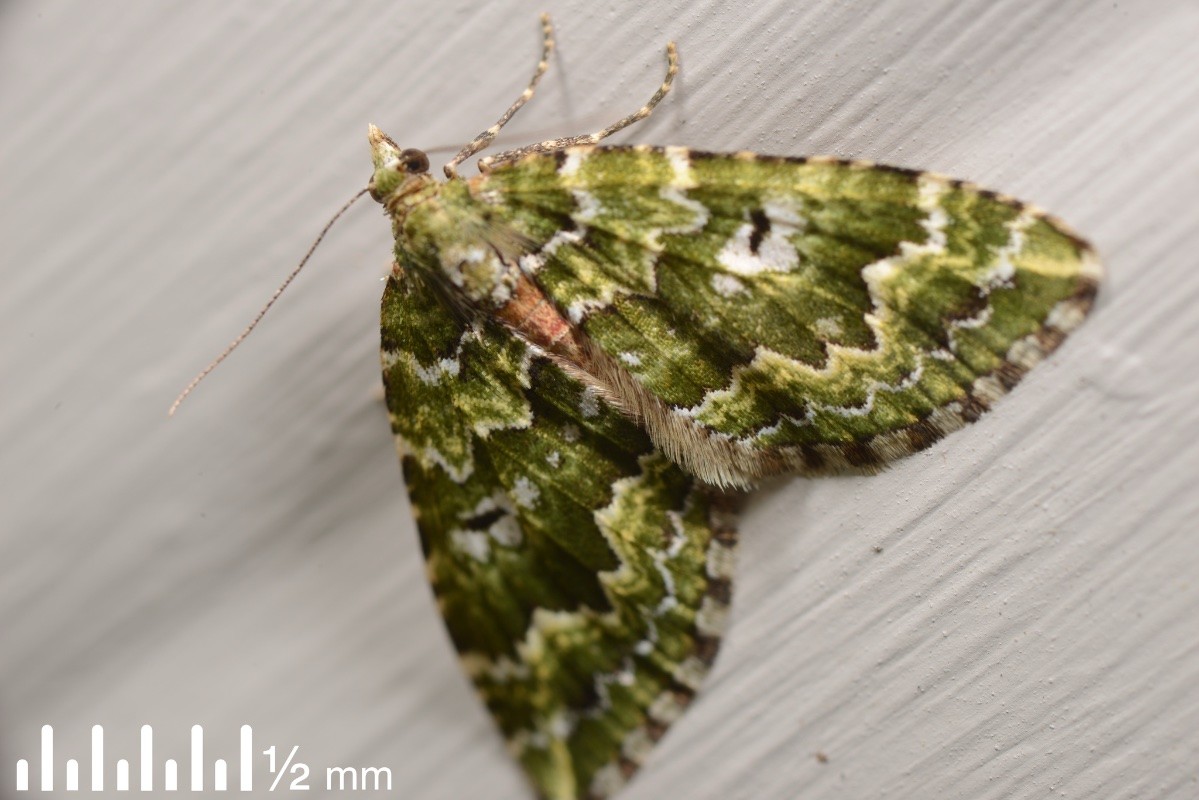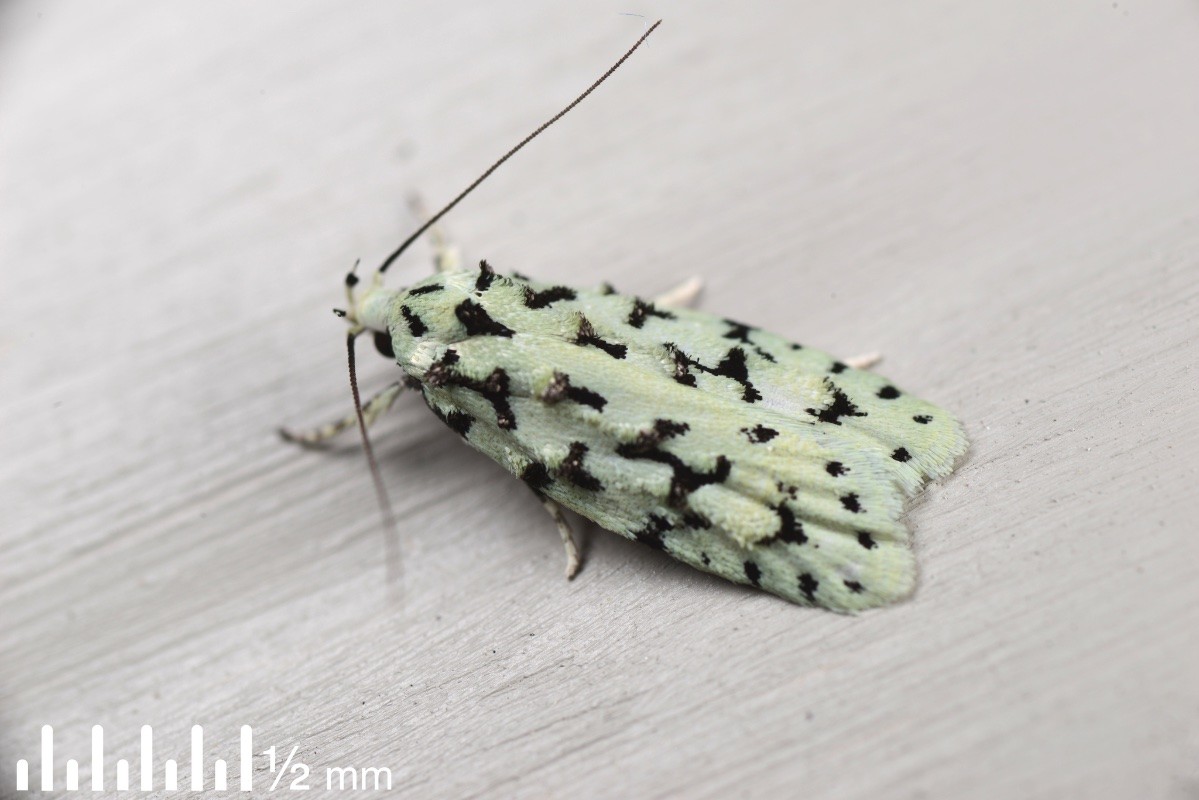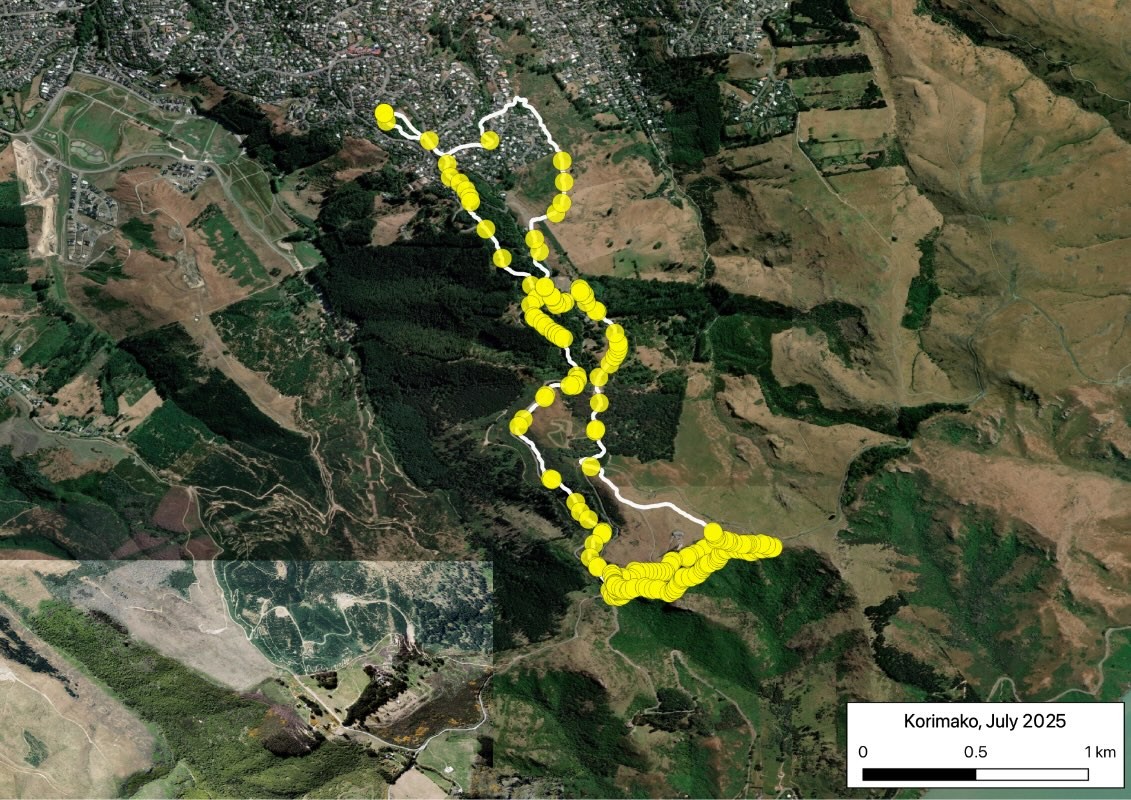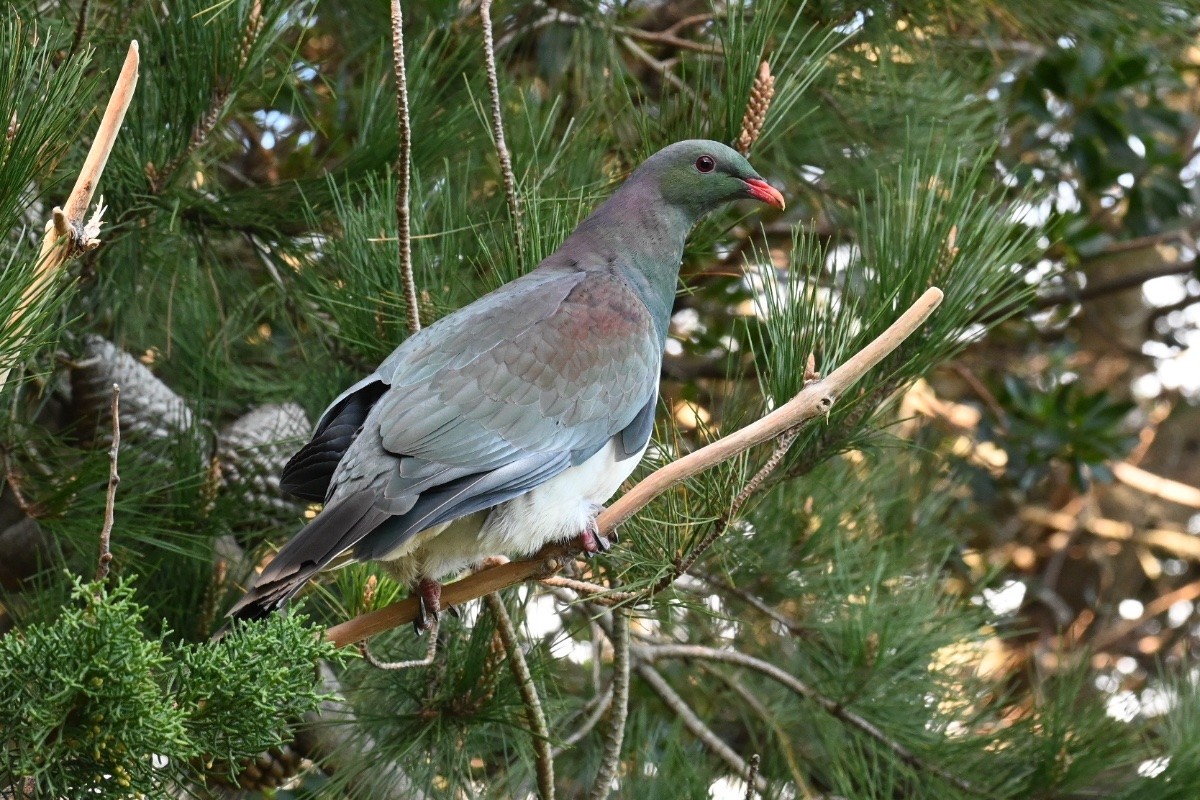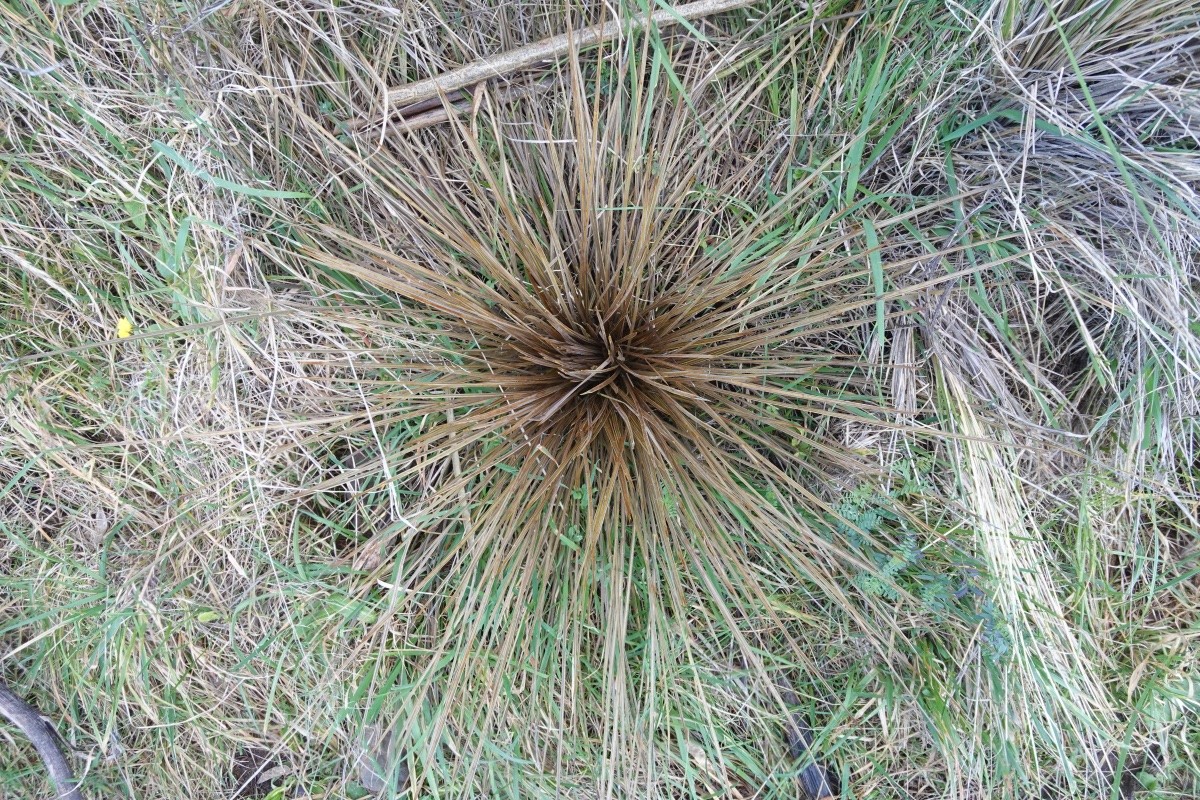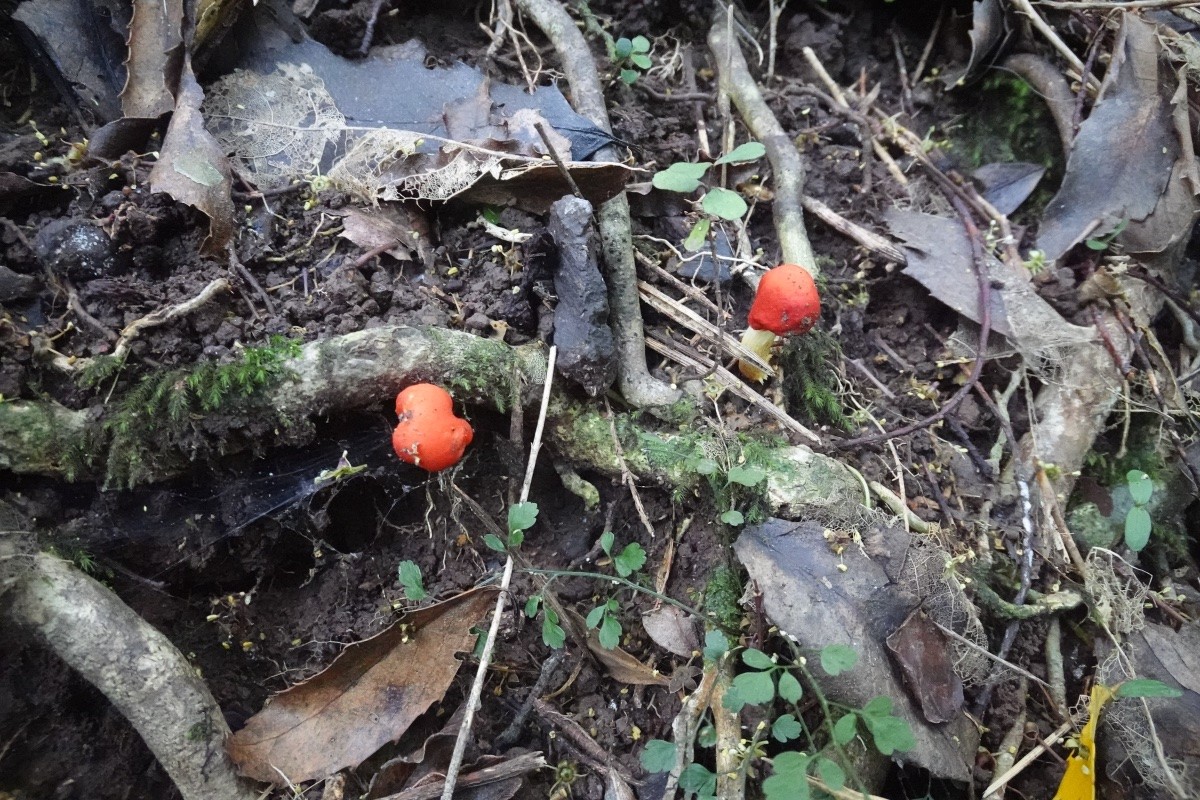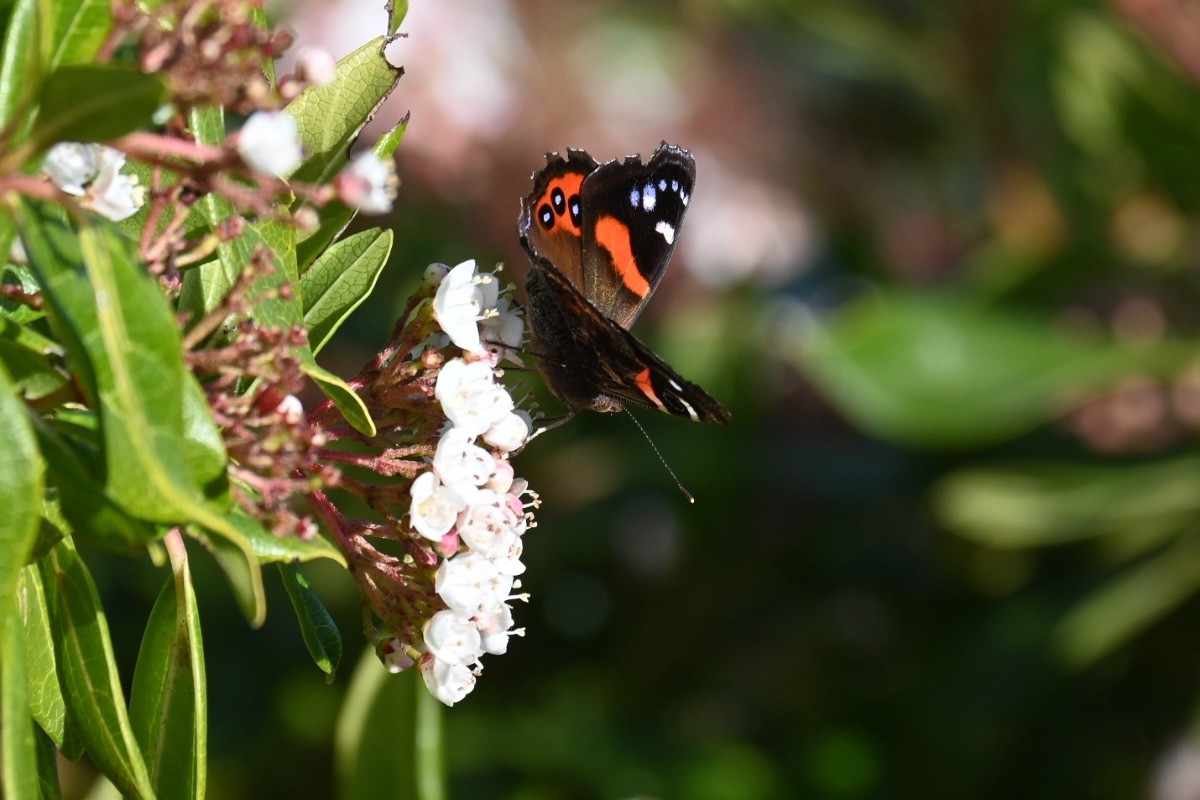I spent yesterday at Travis Wetland, Ōruapaeroa, which is a large wetland restoration site in eastern Ōtautahi-Christchurch, NZ. One of my MSc students, Tommy, is embarking on an invertebrate survey of the wetland, and we spent the day setting up Malaise traps (to catching flying insects) and pitfall traps (to catch invertebrates on the ground).
Tommy is repeating a survey done back in 1995–1996, when the wetland (then mostly wet farmland) was being purchased from a housing developer by the City Council.
We expect a lot to have changed (hopefully mostly for the better) as the vegetation of the wetland is much more diverse and native than it was.
Stay tuned over the summer for insect discoveries.
#entomology #wetland #restoration #InsectSurvey #insects #nz #LincolnUniversityNZ #research
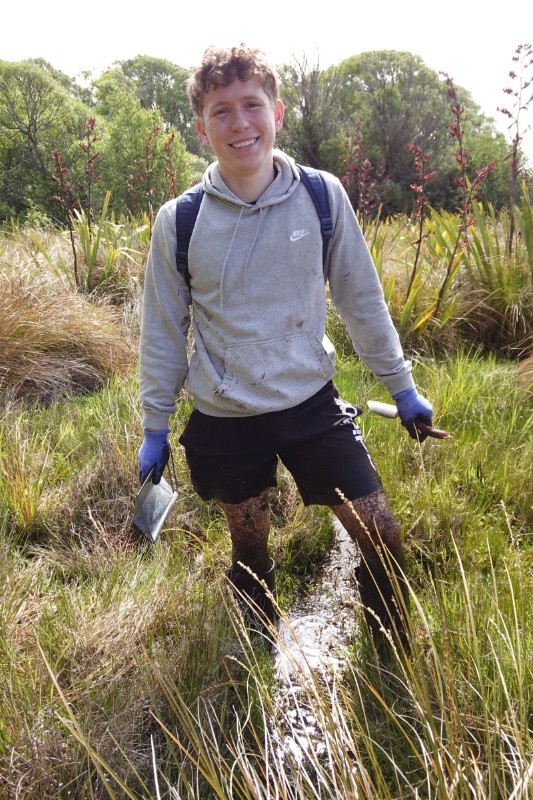
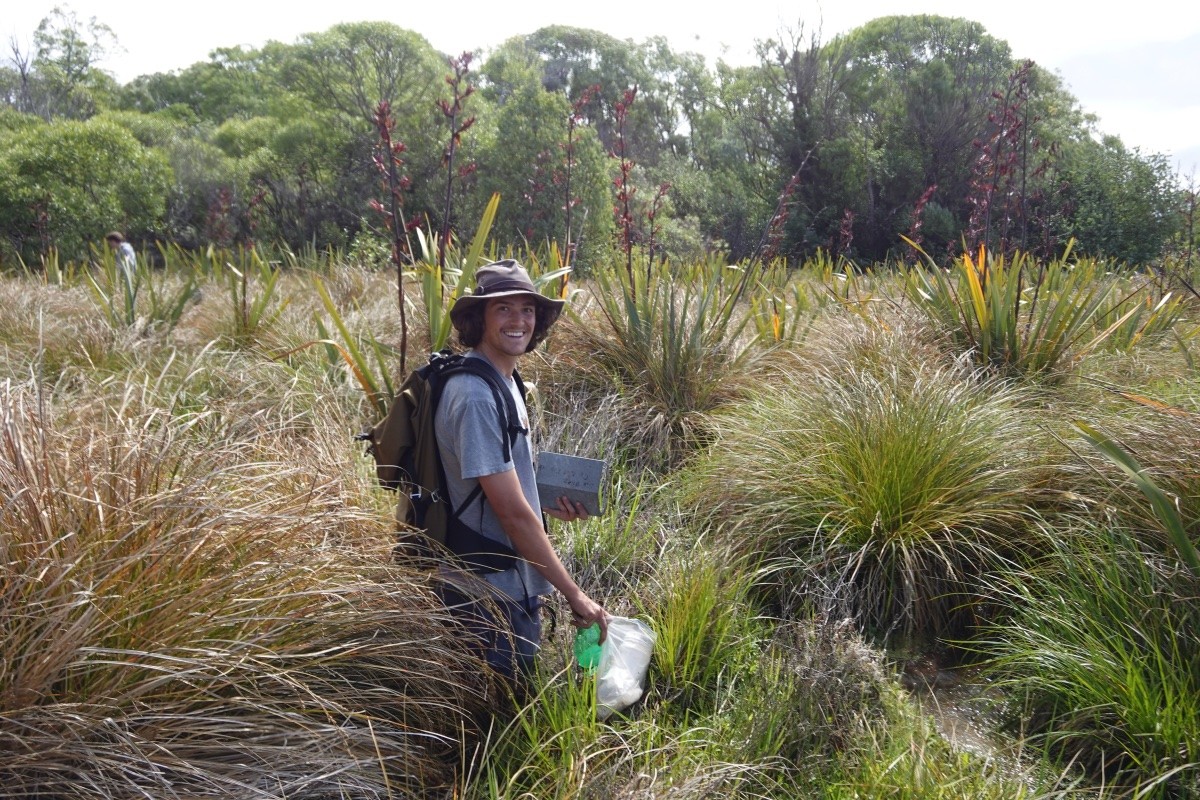
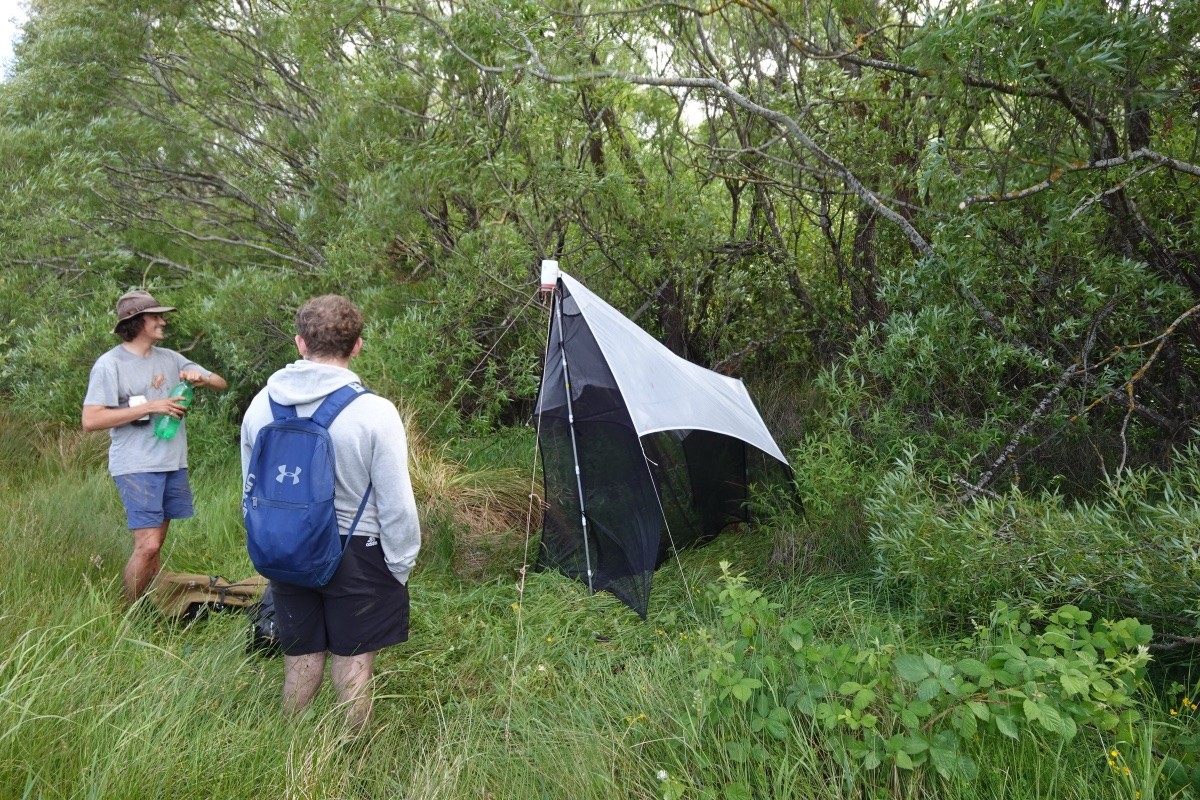
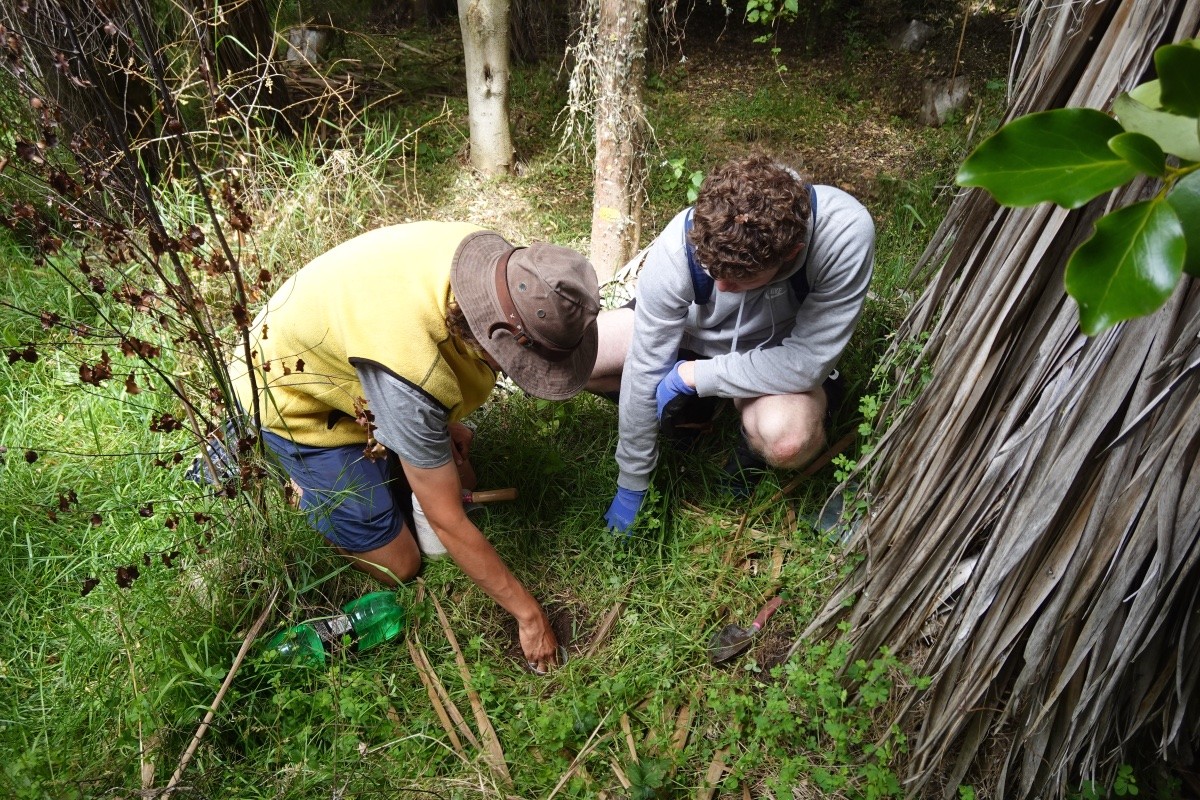
One of the sites at Travis Wetland where we set up our invertebrate sampling yesterday was in the new southern woods.
I helped with a planting day for this back in 2014, when it was still a wet field. Now, it feels like a real forest, with a canopy well above my head and lots of wild seedlings scattered about underneath. It's amazing how quickly trees grow when the ground is always wet.
Here are two photos of the same part of the wetland in September 2014, when trees were being planted, and now. It's like magic!
Many of the trees planted here were sourced from Pūtaringamotu, Riccarton Bush, the old growth fragment of kahikatea swamp forest in central Christchurch. Pūtaringamotu is a much drier site than it was when the city was founded so it's fantastic to see a new swamp forest emerging.
(Now we just need to rein in our carbon emissions to stop the impending sea level rise that will otherwise submerge all these sites in a few centuries.)
#UrbanEcology #ForestRestoration #wetland #nz #Ōtautahi #Christchurch #nature



